南加的山穀很多,我們居住的城市實際上就是由一個大的山穀發展而來的,所以抬頭可見不遠處的山脊。附近大大小小,高高低低的峽穀一個緊挨著一個,開辟的山路也是一條又一條,有不同的入口,不同的線路,有規則,有人管理,有巡警,有網頁更新各個trail的情況,遇到下雨天,路麵狀況不好會關閉。
我們這支隊伍走的最多的是離家十分鍾左右車程,一個靠近鵪鶉山的峽穀。此峽穀很大,連綿近百英裏。因著它離家近,也因著它錯落有致、時急時緩的坡度迎合了不同體力人員的需求,使它一舉成為我們的根據地。
三年來,無論春夏秋冬,我們每周六相約在早晨6:30開拔,大家都很守時。老實說,上了一個星期班了,周六很想賴賴床,徹底放鬆一下。而周六的早起往往影響周五晚上的睡眠,哪怕是上了鬧鍾,心裏有事,總是睡不踏實。尤其是一到冬天,天日變短,早起就更是困難。 記得感恩節前後冬令時撥改之前,六點鍾起床,天還是黑漆漆的一片,坐上車,開在沉睡的城市街道,心也不免動搖。然而,天道酬勤,早起的蟲兒有鳥吃,有付出總有回報。大自然對我們這些人的回報是豐厚的,正是這早起, 我們無數次看到了東方破曉,看到了第一縷霞光從雲層間噴薄而出的壯觀,看到了金光灑滿天邊,朝霞如血的美麗。迷蒙的山穀醒來了。我們迎著晨曦,在空穀的鳥叫聲中,成為山穀裏的第一支隊伍.......
隊伍中的兩位男士J和A是一對好搭檔,他們兩人的走速快,走著走著就開始與大部隊拉開距離,隨後消失在茫茫大山中不見了蹤影,我們稱他們是打頭陣的先遣隊。 通常他倆會多走一段路,然後折身回來,與大部隊匯合一起返程。 這樣的組合,大家也都沒有覺得任何不妥,所謂強強聯手,各取所取,互相間也沒有壓力。
一日,J太太的弟弟從北京來這裏度假,應邀參加了我們的隊伍。大小夥子估計新來乍到的,跟著姐夫走,不甘示弱啊,估計走了八九個英裏。好家夥,這一回到家,大小夥子看到他姐,馬上吐槽了,"我的媽呀,姐夫這兩人走山就像送快遞的,把人都走碎了。" (走碎了! 此處加上想象:-) 北京人的語言,不愧是皇城根腳下的,就是形象,聽罷眼前立馬呈現出兩位男士目標專一,不管山外如何風情萬種, 他倆蒙頭走路,好一副不達目的不罷休的畫麵。 當他姐姐D把她弟弟的原話傳到隊伍中,大家一下子樂了,從此"快遞哥"這個稱號就在隊伍中火紅了起來,尤其是J, 大家索性不稱其名,直接稱呼"快遞哥"。“快遞哥”是褒義的稱呼,成為一名快遞哥成了其他男士開玩笑時的新年resolution 。不久,隊伍又冠名另一位上海妹子以"快遞妹"的稱呼。巾幗從來不讓須眉。
家中的某人開始時並沒有加入隊伍,所以開始的幾個月我常常是一個人早起趕去與隊伍匯合。我深知他的脾氣,不可強推。半年後,不知是什麽觸動了他,或許是近朱者赤吧,一日,他忽然像夢醒了一般,興匆匆地要約快遞哥周六一起爬山(快遞哥那日剛下飛機),從此隊伍中多了一位每周六(無論酷暑)脖子上掛著個大相機的某人,人稱"隊伍禦用攝影師":) (自稱三腳貓),他的到來為隊伍添了一位男丁,更重要的是,他隨手拍下的珍貴照片--山脊海麵,飛禽走獸,山花野草,美女帥哥--記錄了我們的腳蹤和身影,讓大自然和人永遠定格在他的鏡頭裏。
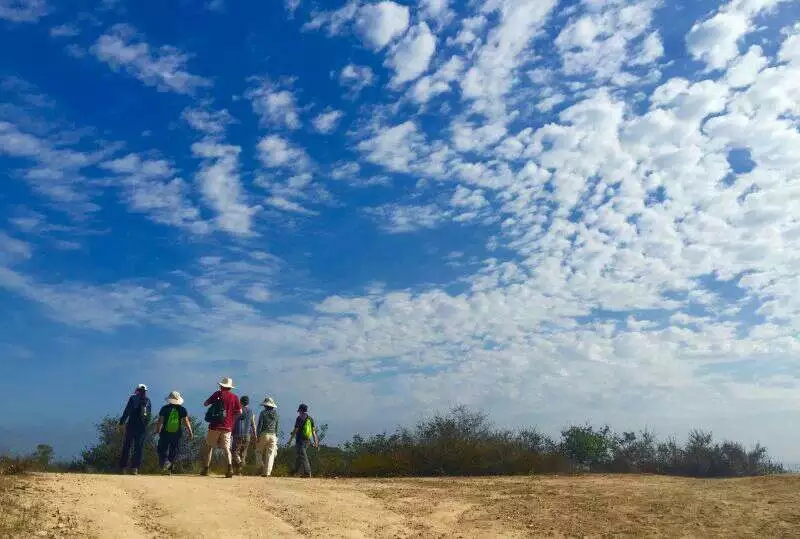
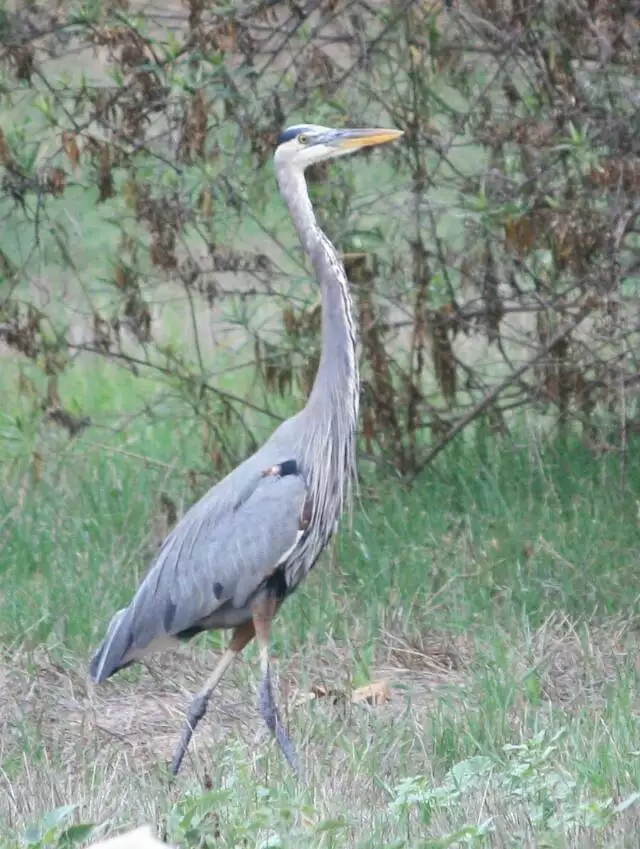
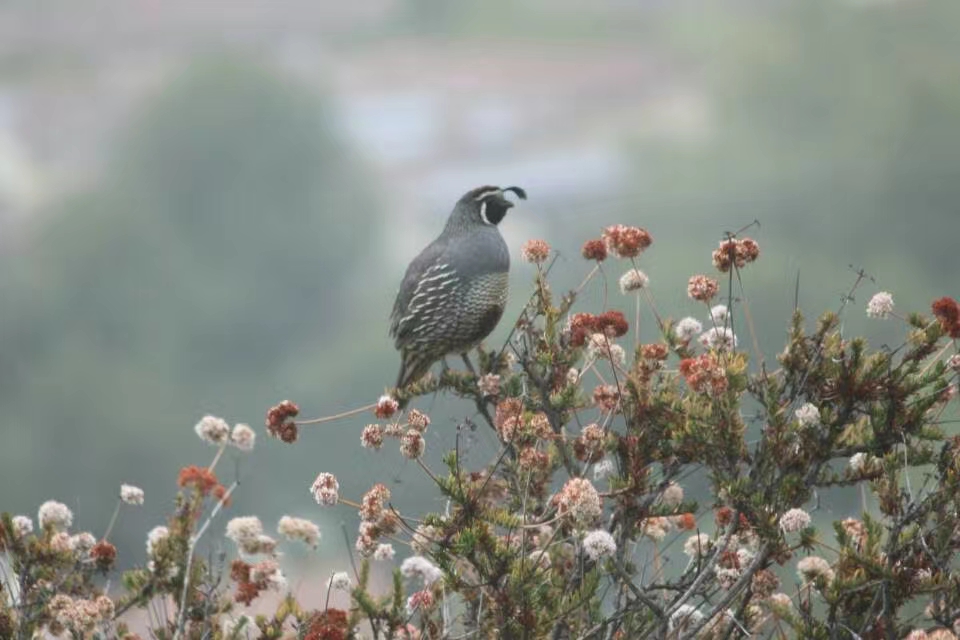
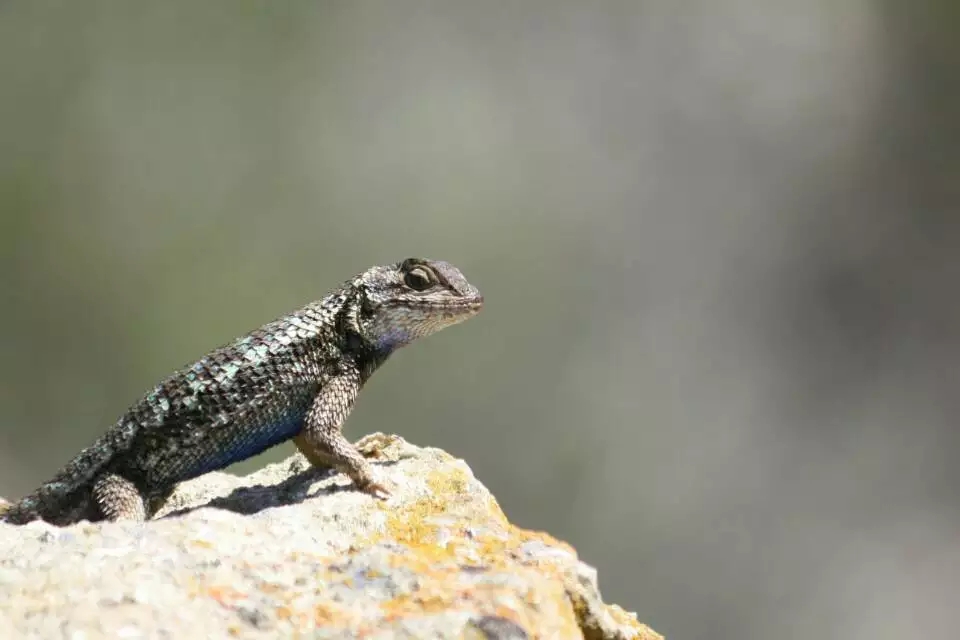
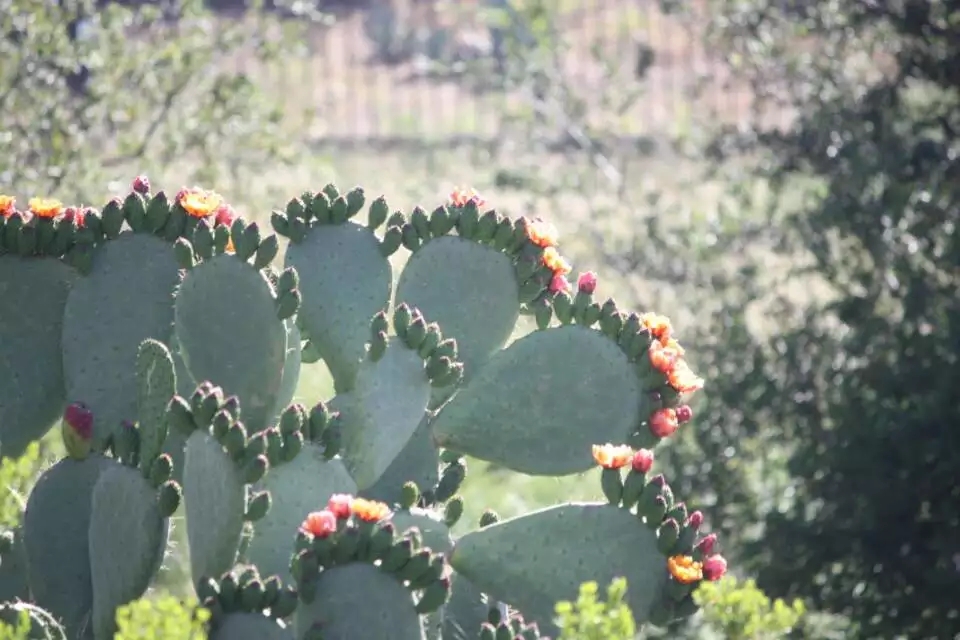
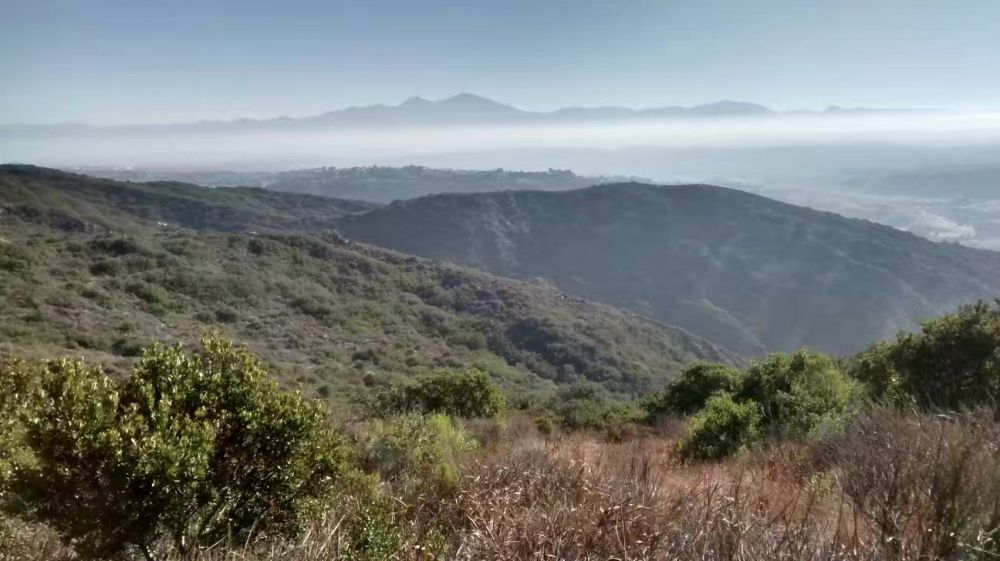
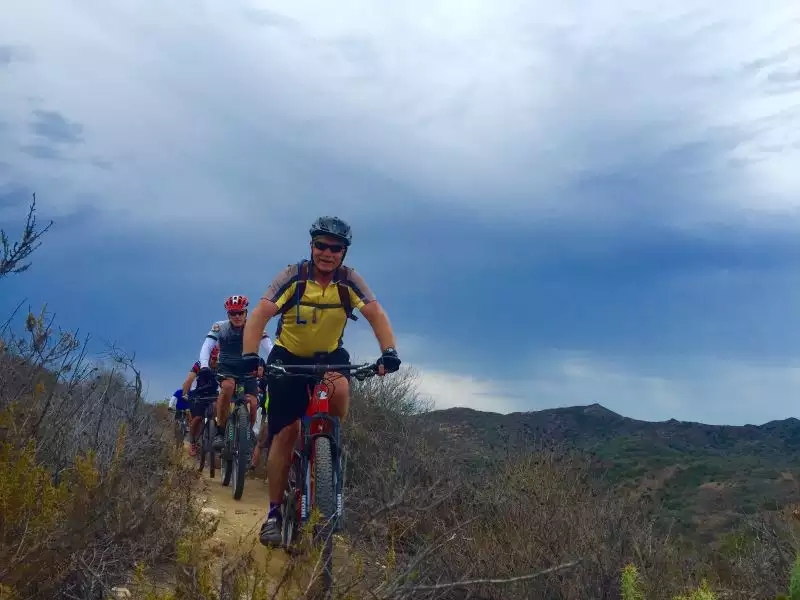
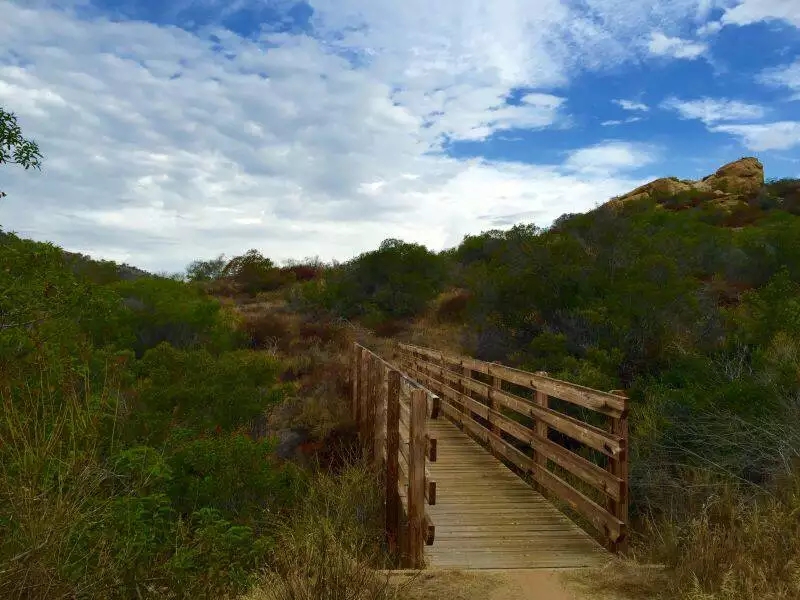
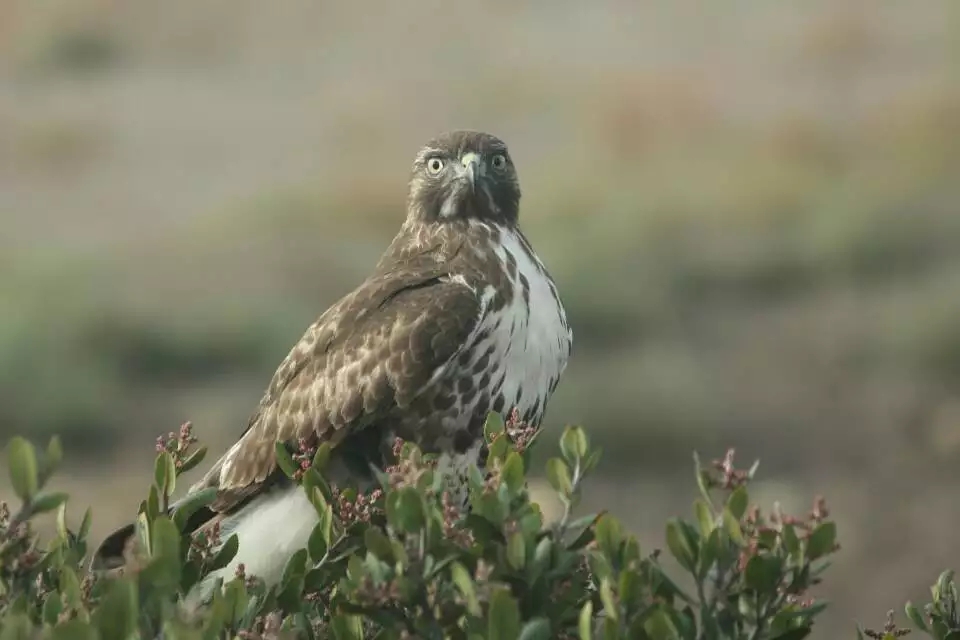
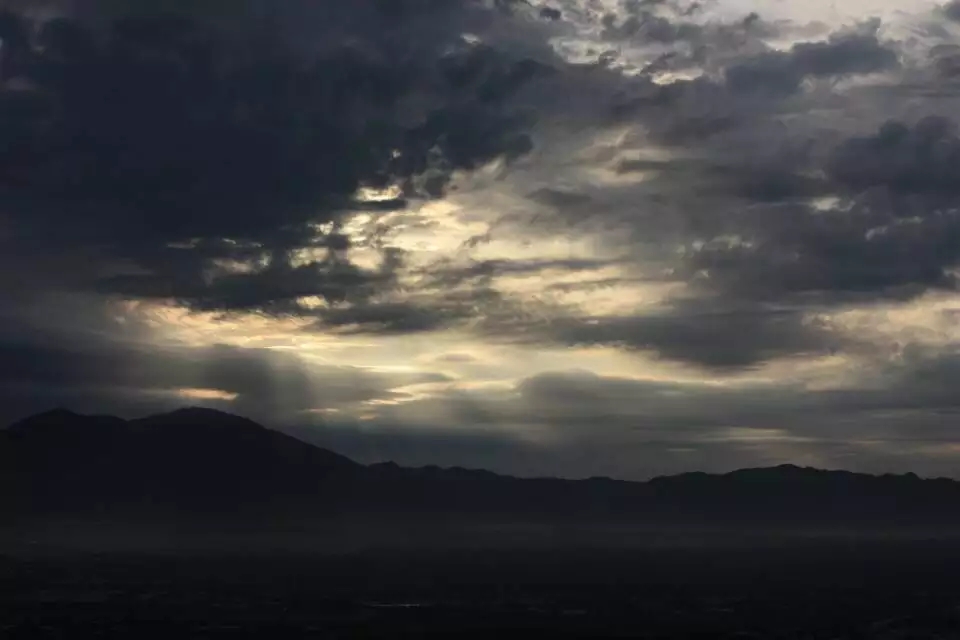
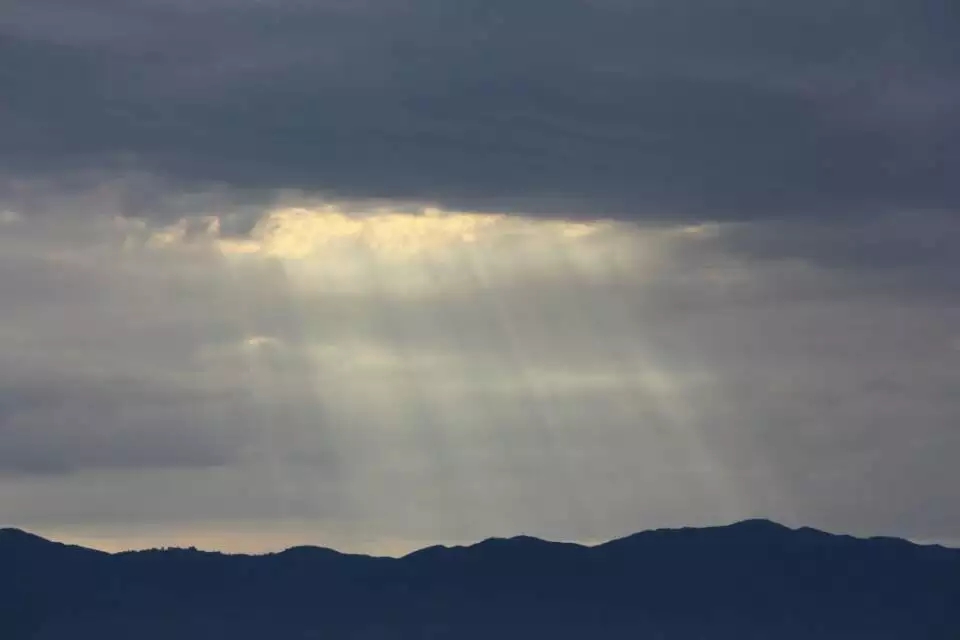
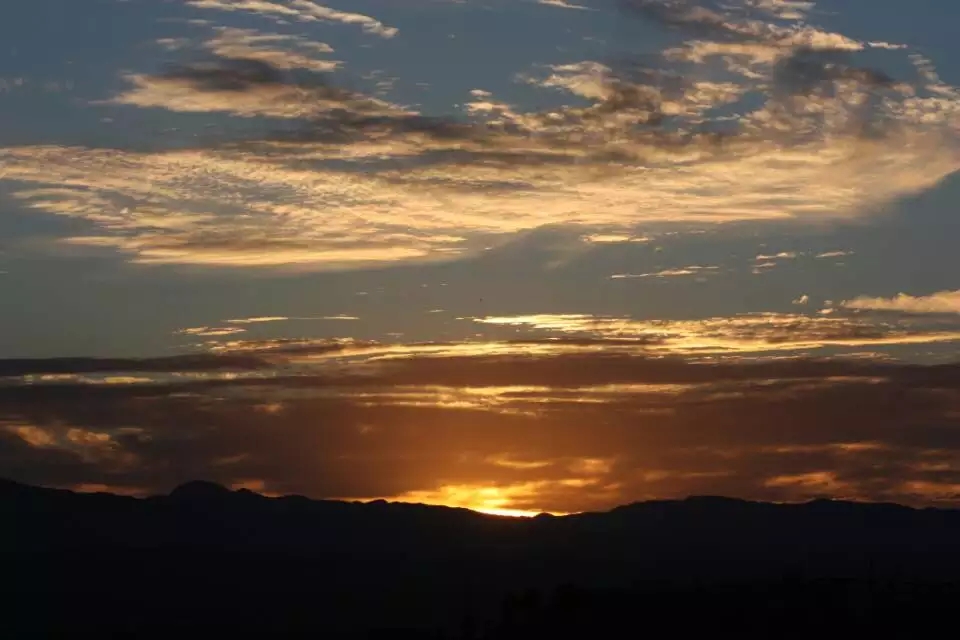
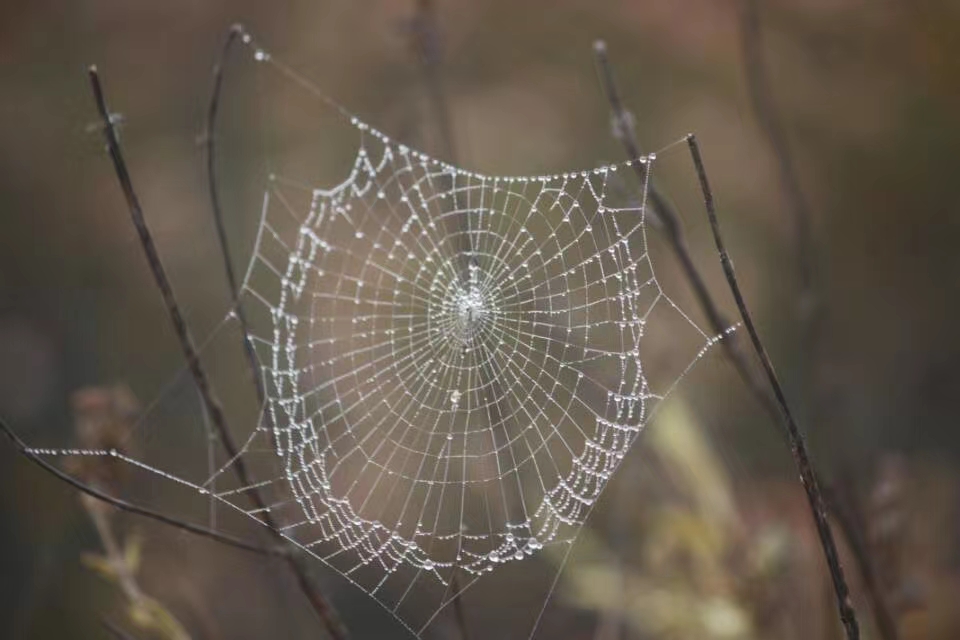
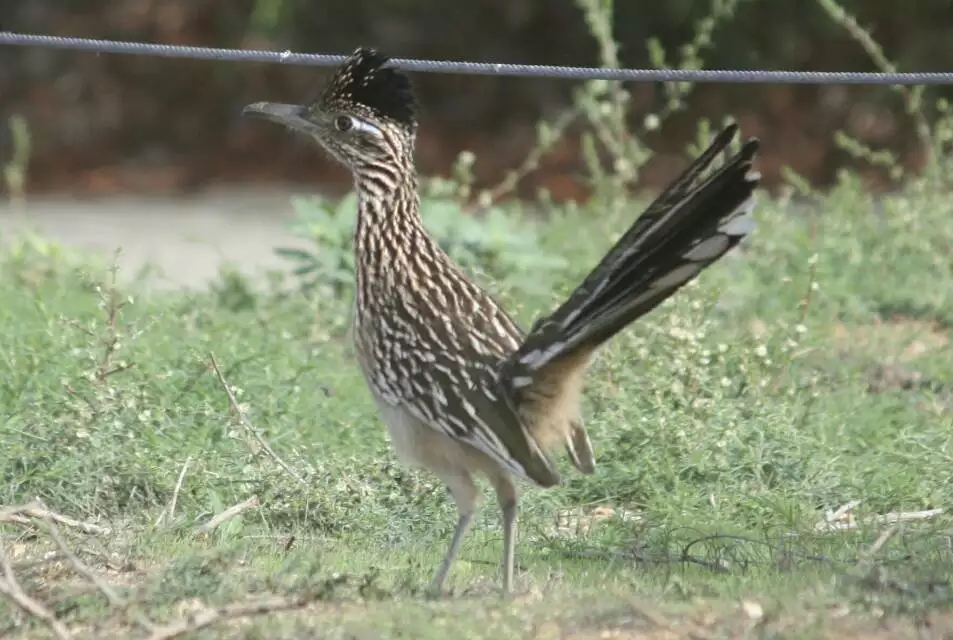
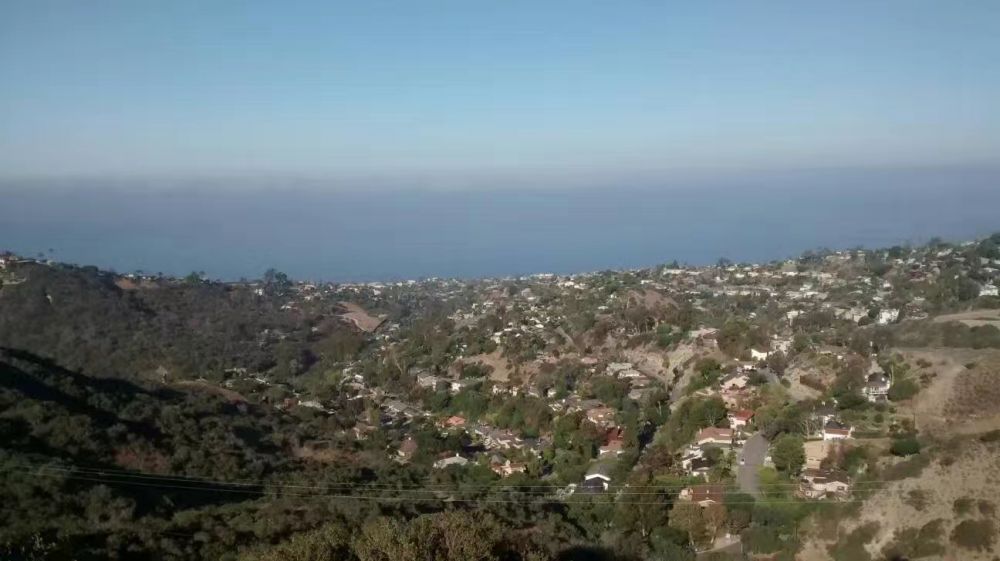
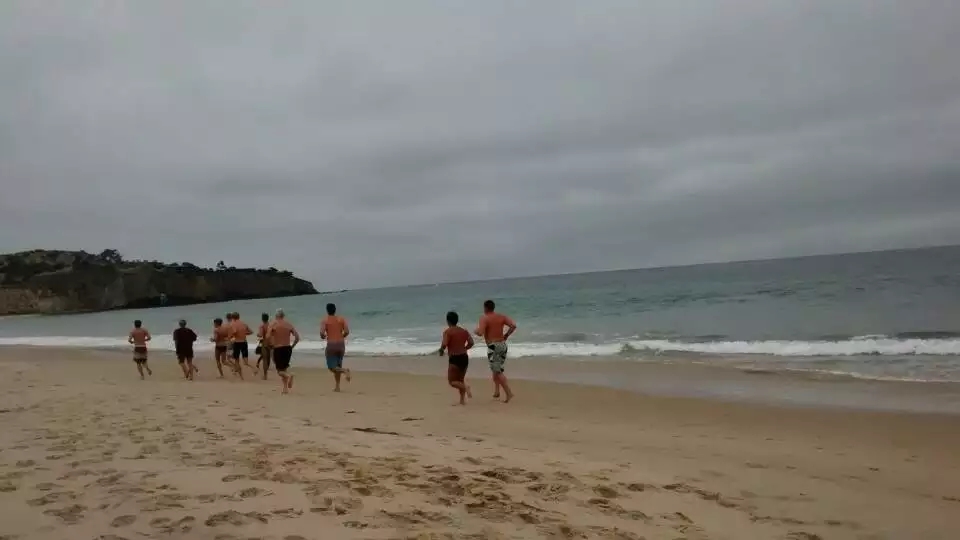
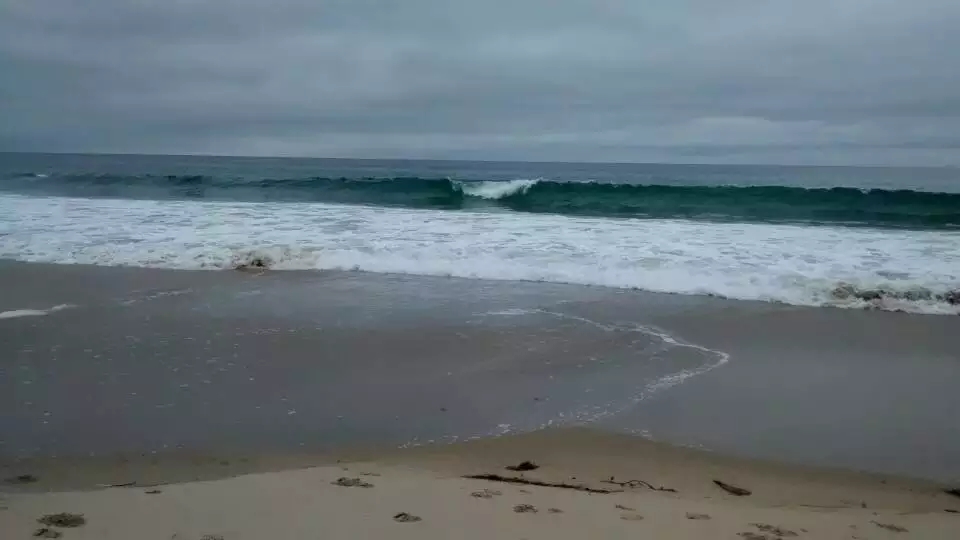
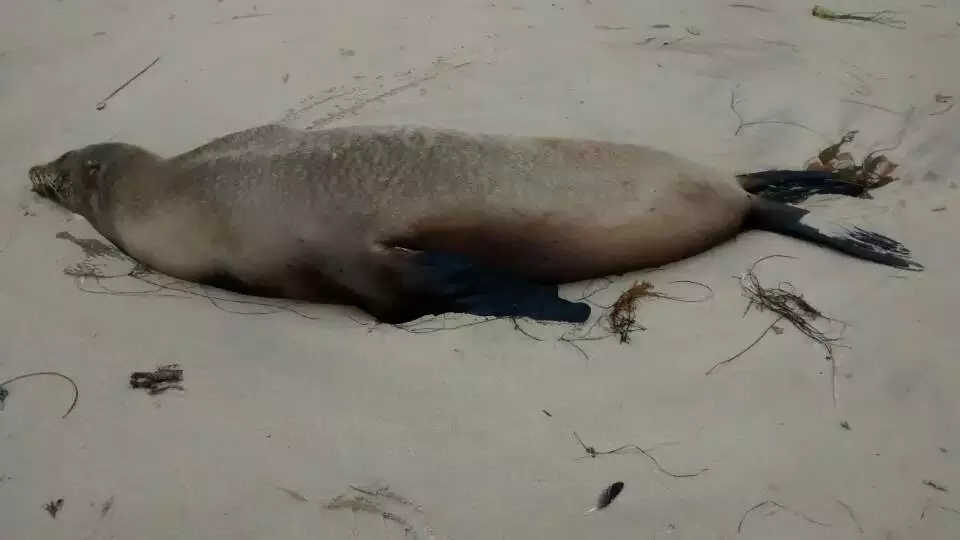
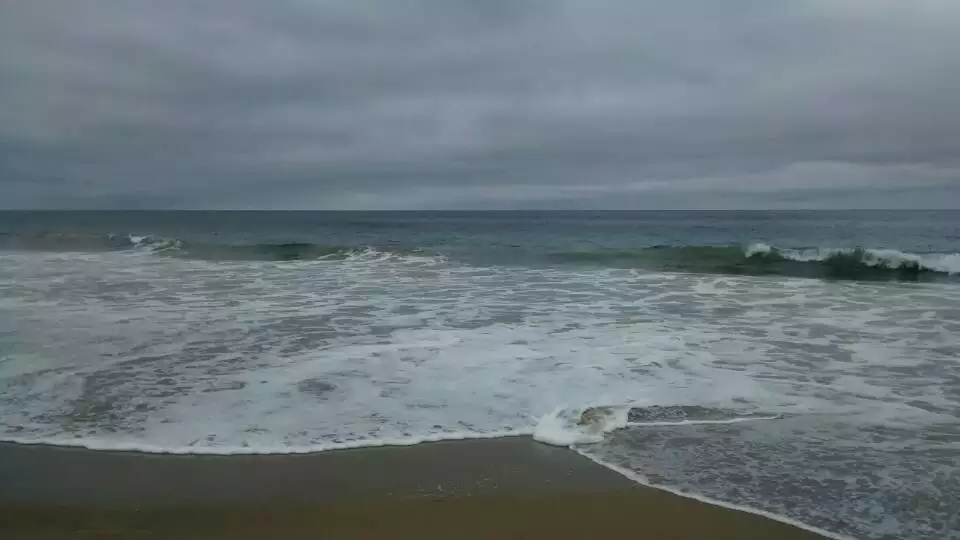
Our hiking team consists of mostly empty-nested parents, whose kids are either away at college or at work. When I first joined in, it had about six team members. We start at 6:30 am in the mornings, summer or winter. Getting up early could be a pain after a weeklong work. But it is the early bird that gets the worm. As early risers, we are rewarded with numerous glorious sunrises, the splendid scenes of sunrays bursting out of thick clouds, patching the sky in seconds with the golden speckles. Come winter season, when 6:30 am in the morning could be as dark as night. I remember that I see the city beneath glittering in peace. Down below on the freeway one direction streams with yellow lights, and the other flowing like silvery light rivers. Before long dawn cracks and the sky turns white, basking us in the morning pristine mist. Those views will never be available to us, had we been asleep in bed like late risers.
The city we live is a valley as a matter of fact, besieging a modern city with sprawling nature before it opens itself further to the sea. The closest trail we find is nestled next to Quail Hill, about ten- or fifteen-minutes drive away from where we live, a trail we repeatedly trek upon. We call it our “base field” (gengjudi) or “Old trail”(lao lu). It is said to be connected to the sea at the end of trail as our two pioneers made it once or twice, and of course I was not among them. But I did succeed in reaching to the sea on another trail, a total of 12.4 miles, on May 9 2015, the day before Mother’s day, with a team of about ten people. It was an unforgettable day. We started our ascent from the lower valley. As we reached the peak sweltering and breathless, the wind from the seaside soothingly refreshed us, and the view was stunning. Not far to the left, the undulating mountains are seamed by the rugged ridges. On the right, red-roofed houses huddle among the green. Turn to the middle, at the end of our sight, placid sea surface meets the skyline, azure and shimmering in the sun, dotted with a lone white sail. On the back of us, a highway cuts through the mountain. Then a winding trail takes us down to the sea. As we hike downhill and get closer to the sea, we are like hikers out of a desert sighting an oasis. When we finally set our foot on the soft sand beach, embraced by the caressing breeze, listening to waves lapping rhythmically against the tall cliffs, we feel like walking in a paradise.
|